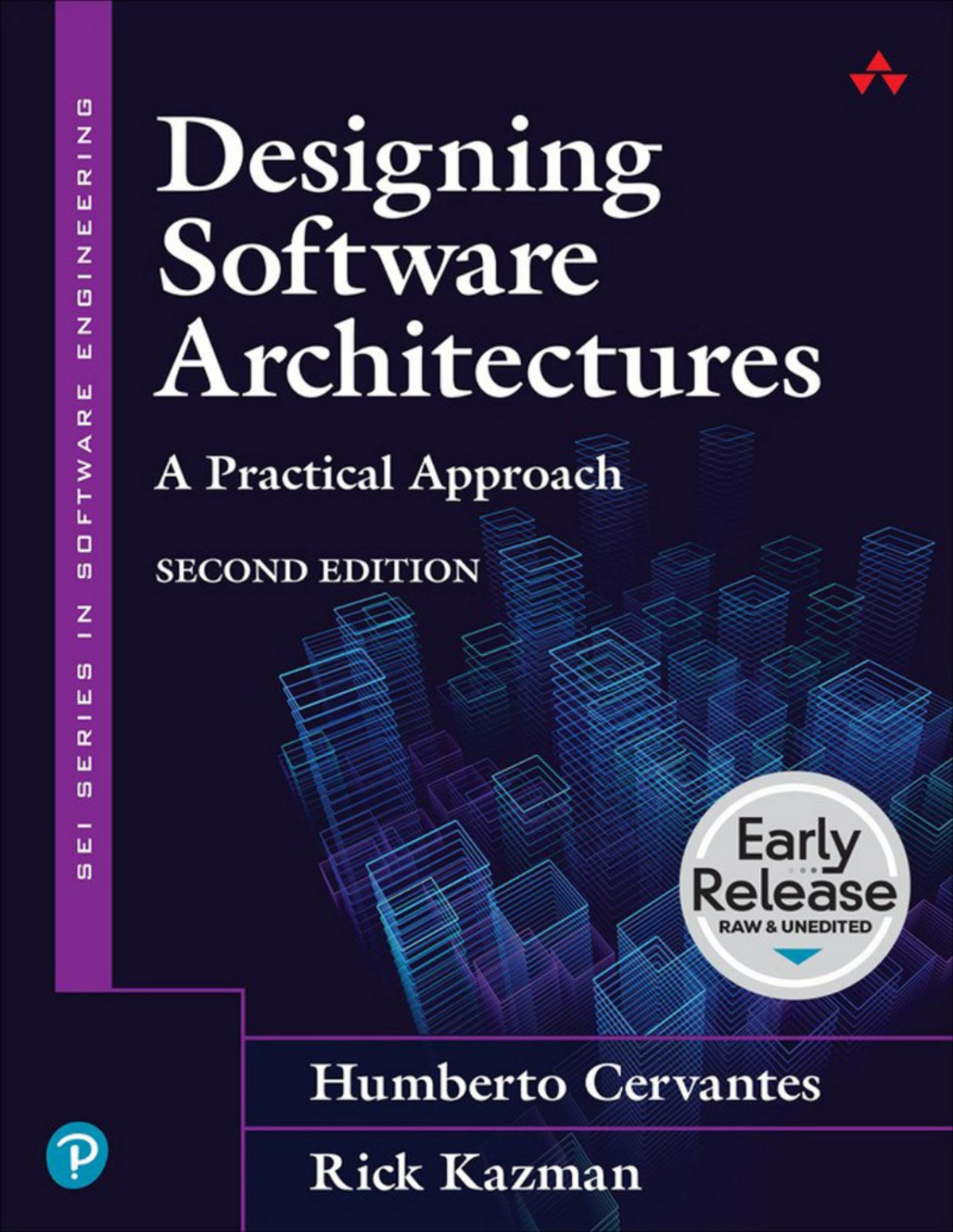(Ebook) Designing Software Architectures: A Practical Approach, 2nd Edition by Humberto Cervantes & Rick Kazman ISBN 9780138108069, 0138108064
It has now been nearly 8 years since the first edition of Designing Software Architectures appeared. Much has changed in the world of technology since then. Cloud architectures, IoT architectures, DevOps, the rise of AI/ML, containers, micro-services, and much more. Was our advice from 8 years ago still relevant? Well, yes and no. The good news, from our perspective, is that the principles and practices of designing software architectures have not changed in 8 years. The ADD method, which provides the scaffolding for the entire book, did not change at all. During this time it has been taught to thousands of practitioners and used successfully in many industrial projects. In all this time, the feedback has been positive and we have not had requests to change the method. That was reassuring. What did change, though, was the technical environment and the contexts in which we design today. It is rare today that someone designs a standalone system. At the least you will be building on top of existing frameworks and toolkits, incorporating off-the-shelf components, some of which are likely open source. But you may be building a system that is interacting with other systems in real time, possibly sharing resources with them. It is likely that you are building a system using some kind of Agile methodology and it is also likely that your system will be frequently modified, with regular updates and releases. It is possible that the architectures that you build will include IoT devices, will be mobile, will be containerized, and will be adaptive. And it is also possible that the software you are working with is old, and has accumulated technical debt over the years.
*Free conversion of into popular formats such as PDF, DOCX, DOC, AZW, EPUB, and MOBI after payment.


